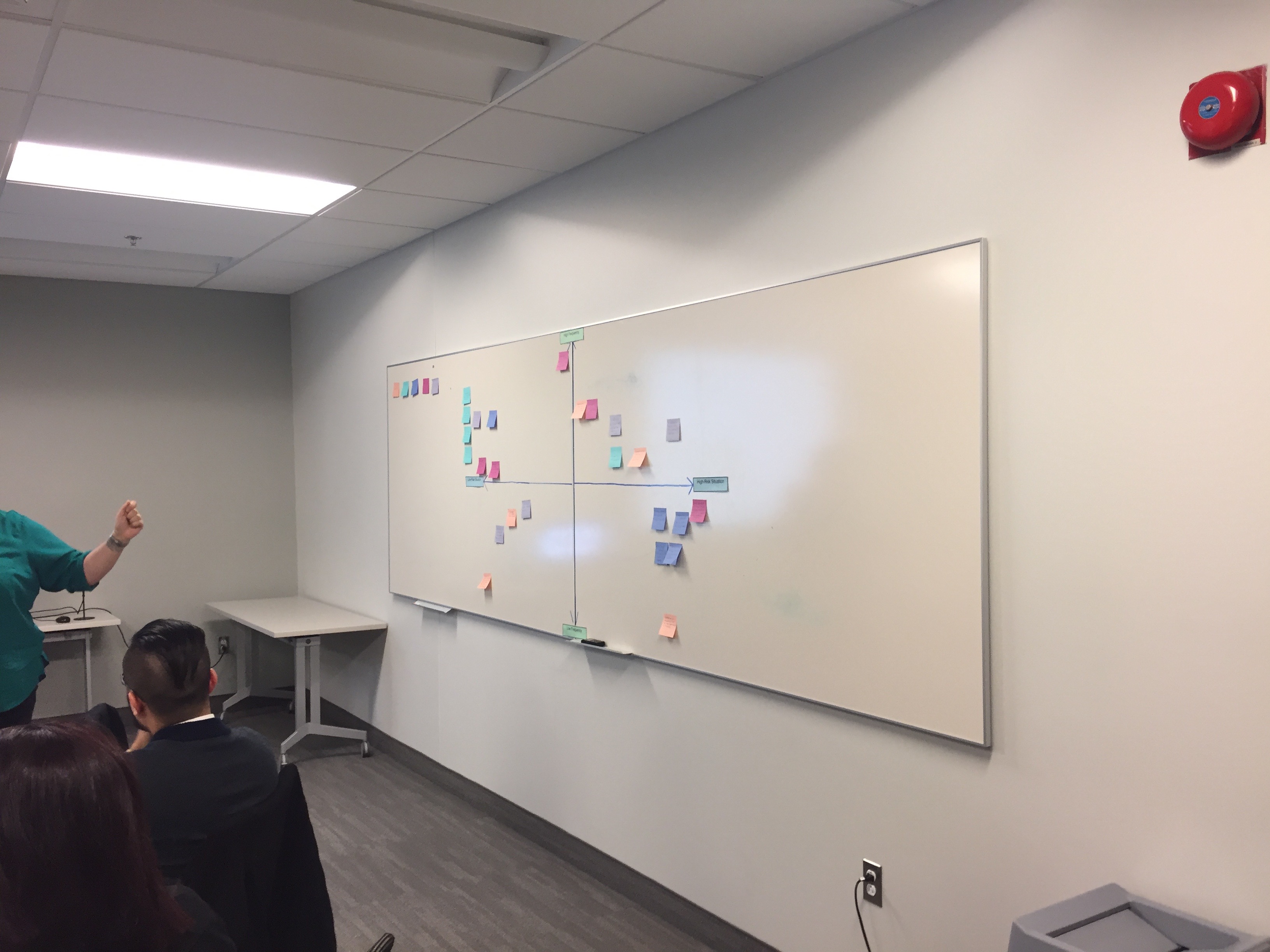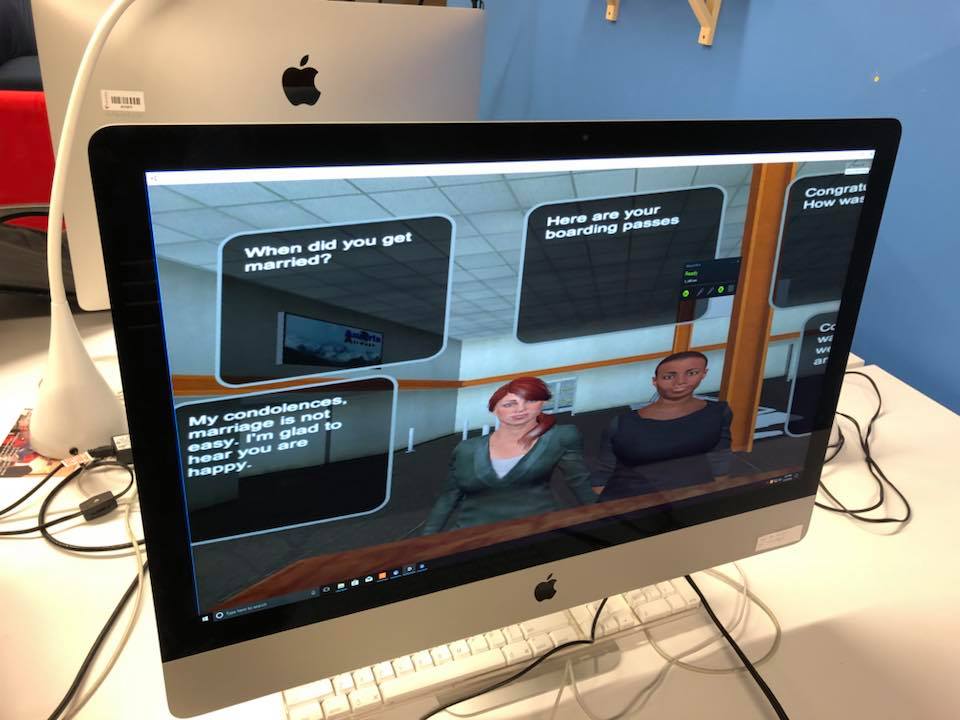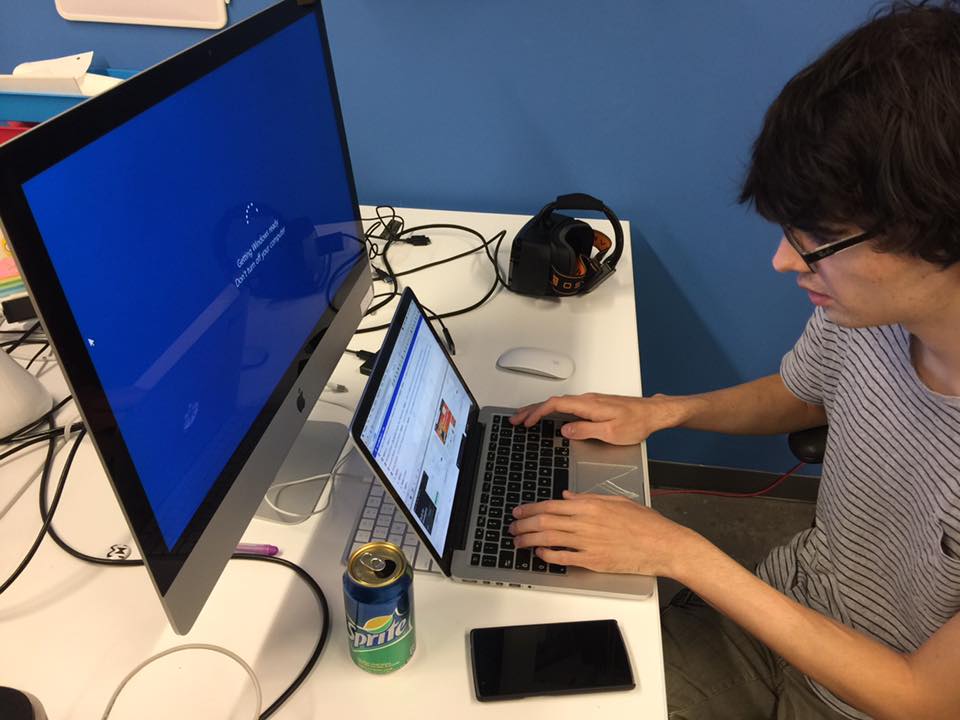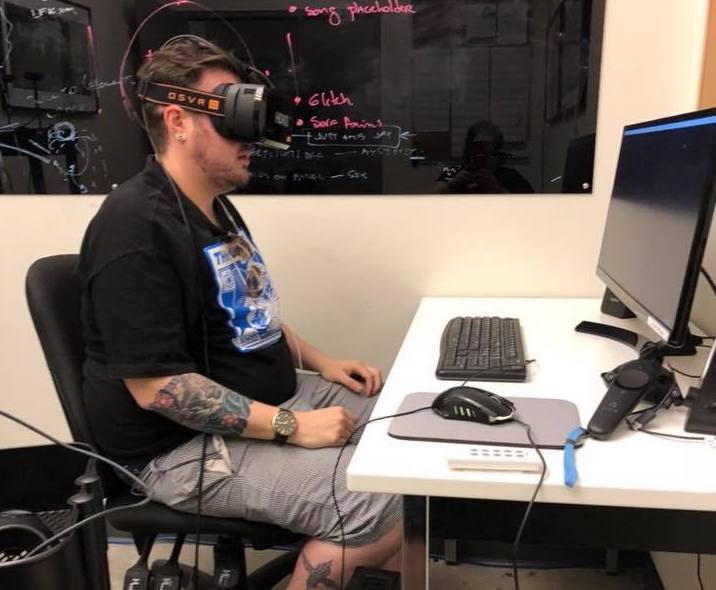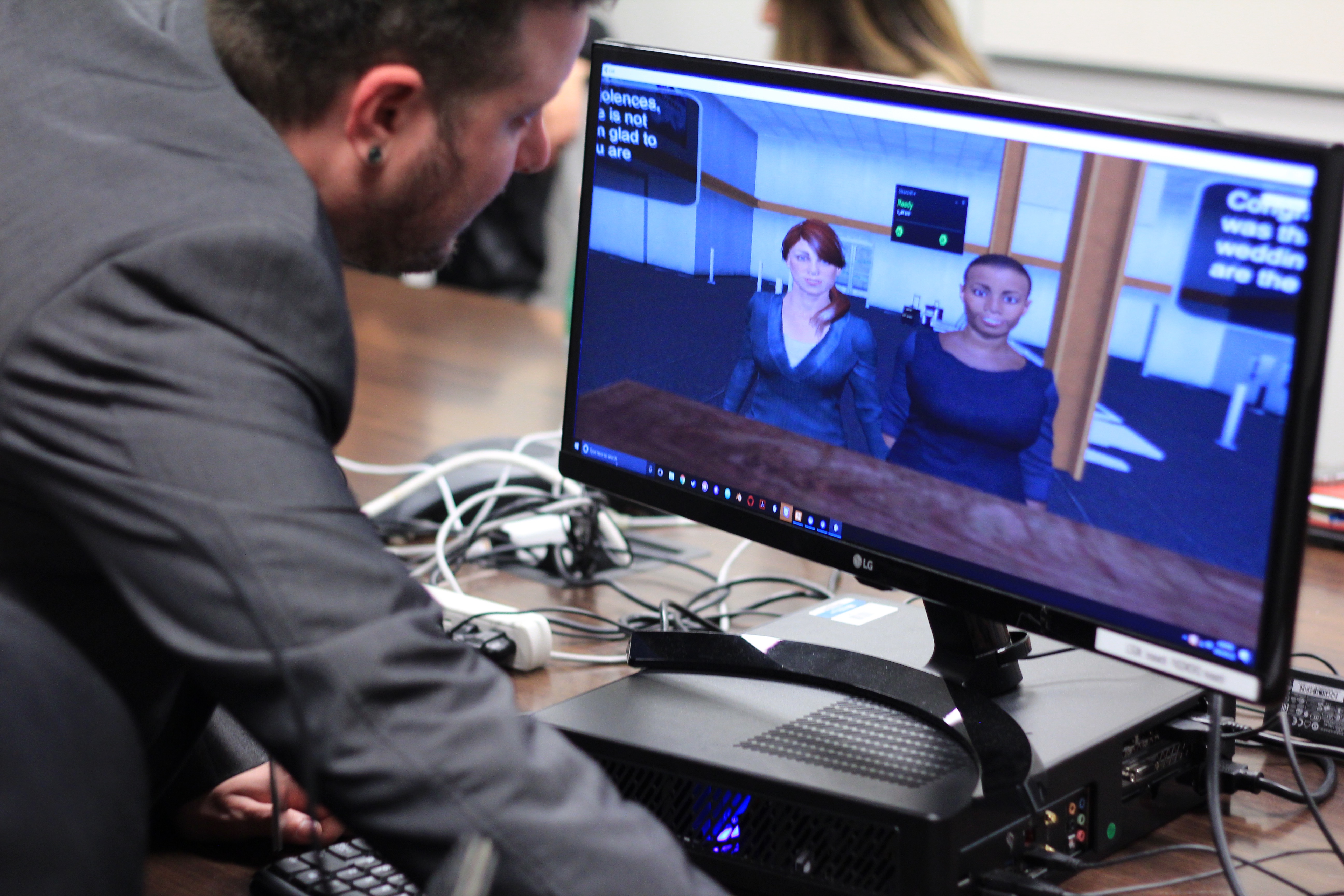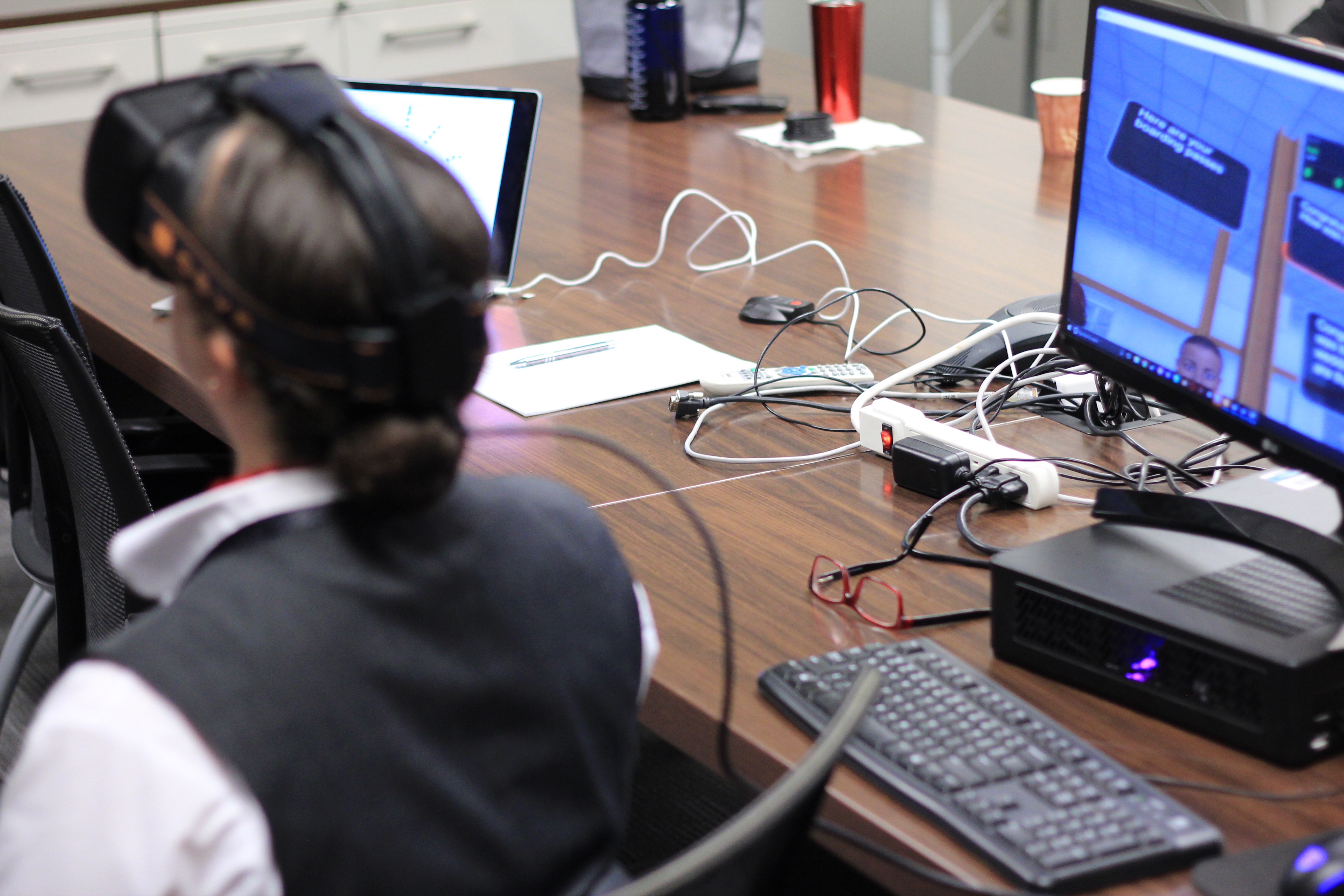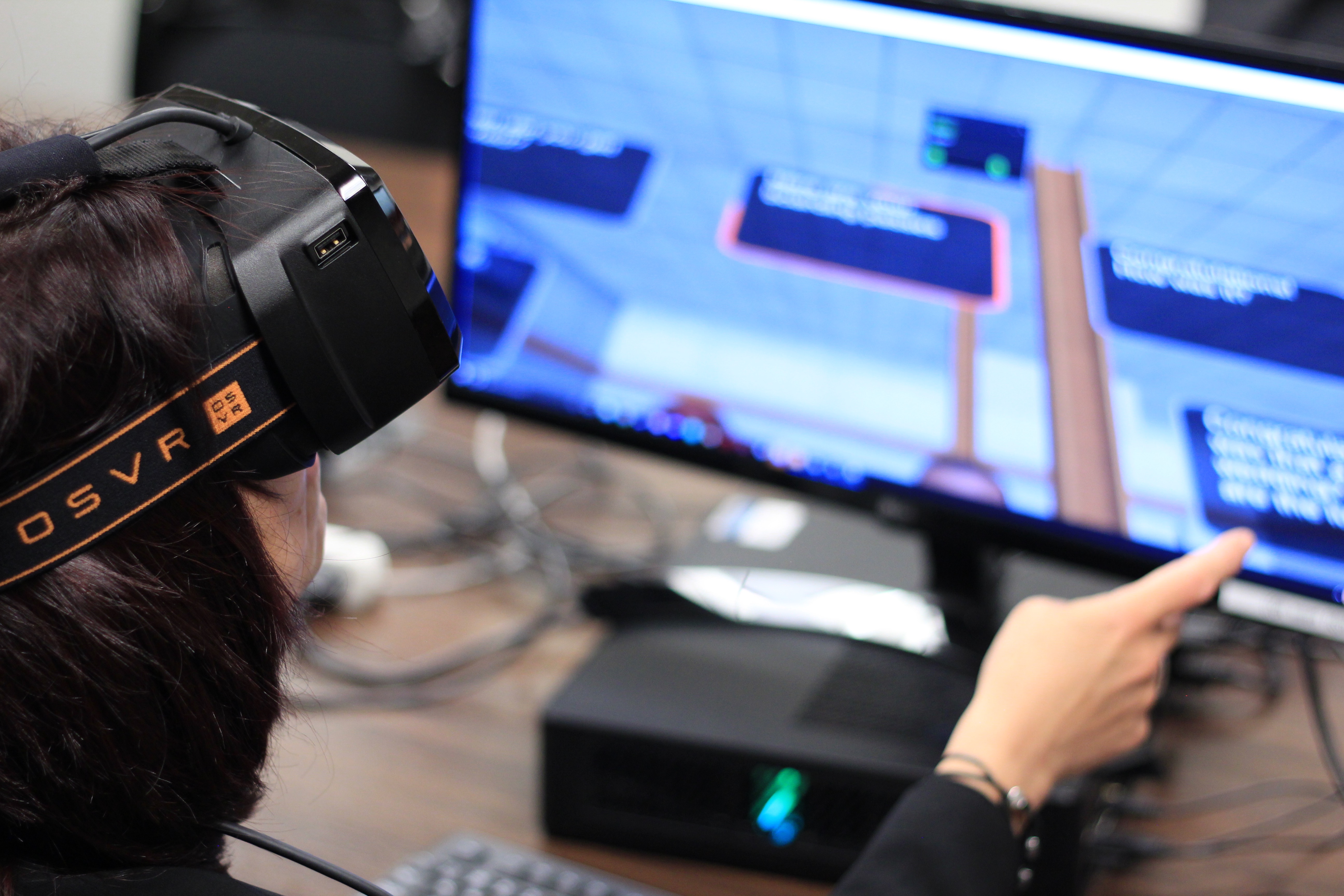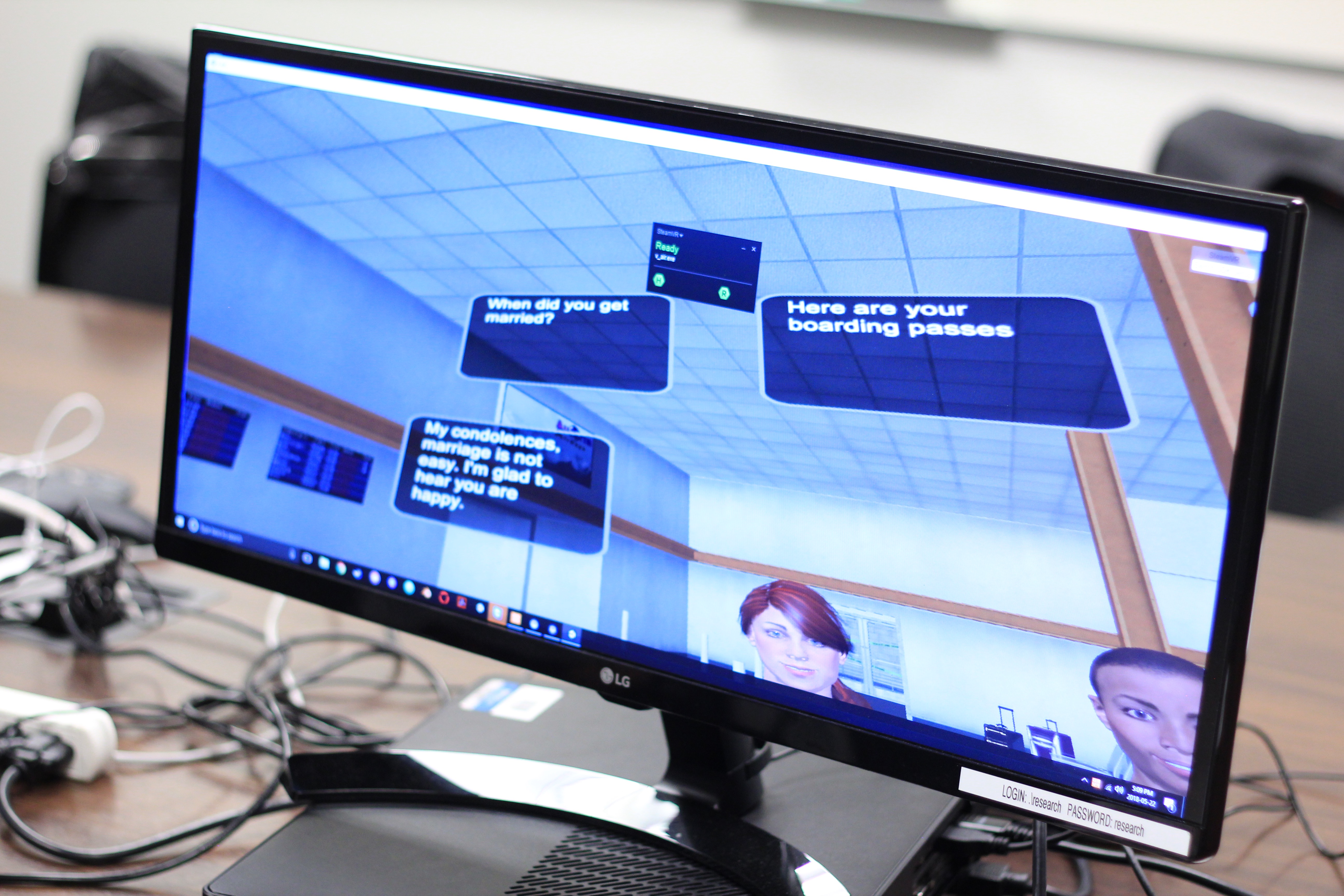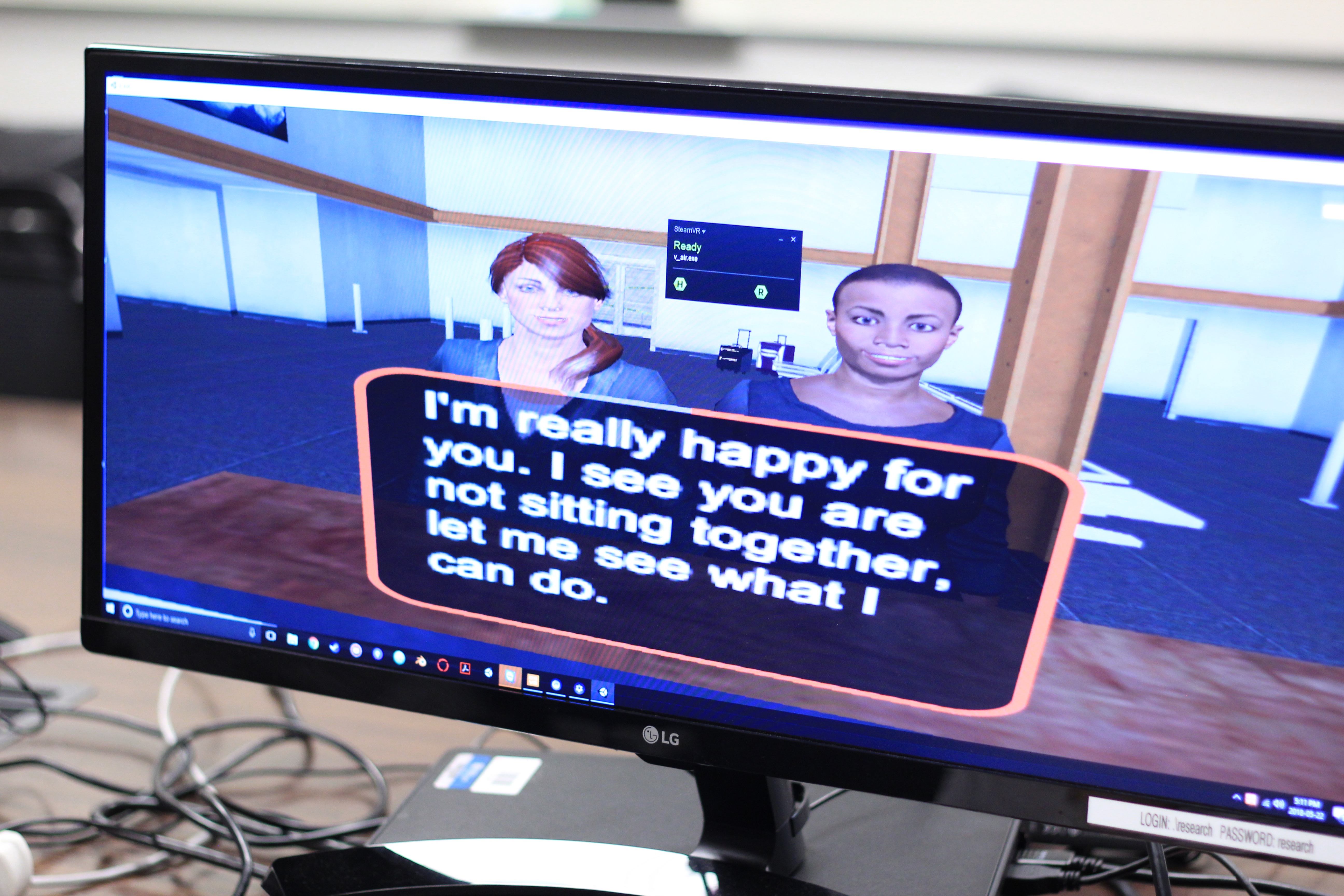Process Map for Virtual Reality Experience
Research questions
To what extent do virtual reality experiences for empathy education function as an educational component for frontline airline employees to develop empathy education?
What are the current conditions that potentially influence and shape empathy in frontline workers in the aviation industry?
In an effort to identify what current conditions potentially influence and shape empathy in frontline workers in the aviation industry, our participants engaged in a three-day workshop.
Using guiding principles of design thinking the group of participants engaged in a series of activities to identify, assemble, categorize, and evaluate work related situations guided by empathy. Design thinking “is an approach that can be used to consider issues, with a means to help resolve these issues, more broadly than within professional design practice and has been applied in business as well as social issues.” (Dorst, 2012)
Step One
Participants began with a discussion about empathy, followed by in-depth conversations about the exact “problem”;
- How can empathy education/training for flight attendants be improved?
- To what extent does collaboratively designing and developing virtual reality experiences for empathy education serve as an educational tool for frontline airline employees to develop empathy education?
The participants discussed various types of clients they deal with a daily basis; demographics, limited physical mobility, special needs, anxious, and highly demanding to low maintenance.
Due to the nature of clients they deal with as frontline workers, there was an increased awareness of physiological aspects about their clients. For example, the participants were sensitive to seniors and people with limited mobility. There was also a heightened awareness for children, as well as military and civil servants.
The flight attendants noted that their client’s personality often altered when they board an airplane due to being anxious, afraid, or stressed about flying. Therefore it was imperative that the participants discussed the complexity and wide spectrum of environmental and contextual factors that could contribute to how their clients behave in any given situation.
Step Two
Using Post-It Notes, participants were asked to write down work-related situations they have experienced that required a certain degree of empathy. Participants were informed at this time that the purpose of this activity was to find potential situations that they would design for the virtual reality experience.
Their situations were placed on the white board.
Using the guiding principles of Chevalier & Buckles (2008) Order and Chaos, a matrix drawn with a Likert scale from zero to ten was drawn on the white board to indicate two factors; on the horizontal plane an assessment of low to high risk situations; on the vertical plane low to high frequency.
The participants were frontline workers (flight attendants, human resource, and customer service agents) for an aviation company, therefore they collectively described high-risk within the realm of safety and as a “potentially dangerous and deadly” situation such as a plane crash. Frequency was seen as the amount of times this situation has come up or is likely to arise on a daily basis.
After individually placing their personal situations in the matrix, the next step was for the group of participants to collectively discuss all the situations; and potentially move them on the matrix.
The participants were asked to collectively rank the top four situations, which were the following:
- Intoxicated passengers who refuse or are unable to listen
- Someone (colleague) just lost her best friend, but decided to join the call anyway
- Angry passengers who refuse to comply (stow bags)
- Passengers (couple) just got married and they are really happy!
Step Three
Participants were asked to select three of the four situations to move forward with the development of virtual reality experiences. Based on their personal experiences, they merged two of the situations and ended up keeping all of them. The two situations that merged were the following: intoxicated passengers who refuse or are unable to listen, and angry passengers who refuse to comply (stow bags).
They began working on a script and storyboard for the first situation, which was the intoxicated passengers who refuses to listen and comply. Collectively they discussed how the situation would begin, and progress. Once they branched out the scenario they began working on the script and storyboard.
For this particular situation the focus for empathy was with the employee dealing with the intoxicated passenger. The participants specifically chose to seat the passenger in business class, and described the passenger as a white business man.
Step Four
After they completed the first situation, they moved onto the next one which involved a colleague who recently lost her best friend, but decided to come to work. Here, the participants followed the same path and began with branching the situation, followed by developing a script and storyboard.
Step Five
The last situation they developed for the VR experience was about a gay couple who recently married and are headed on their honeymoon on standby.
Step Six
During the span of six months we worked with a virtual reality developer who designed the experience using Blender software. The head researcher, research assistants and the VR designer met at the half-way point to test out a draft of the prototype, and after feedback the final prototype version was ready.
Step Seven
During the beta-testing session we asked participants to first try the experience, then followed up with a series of individual questions and feedback.


